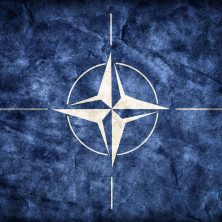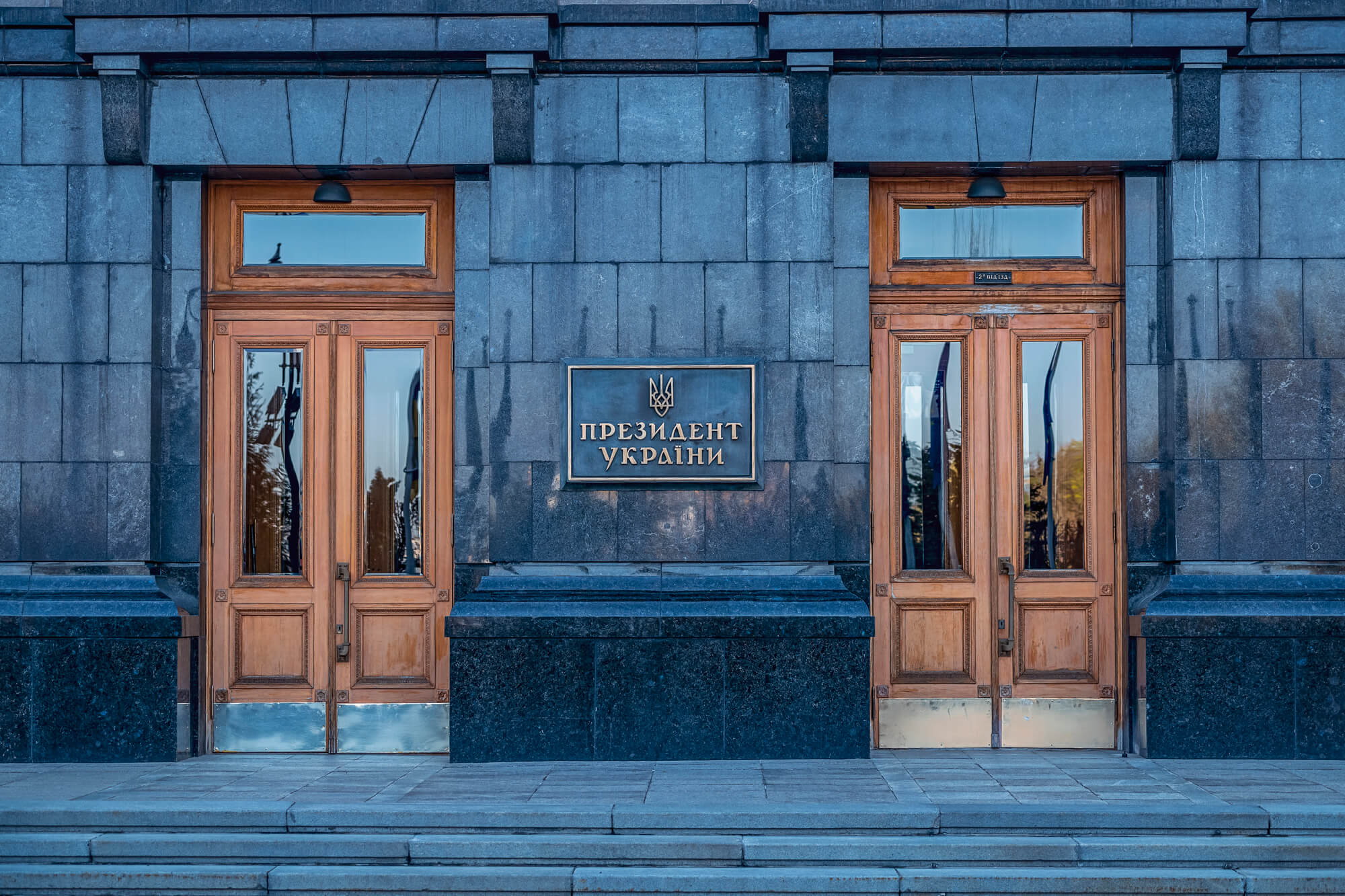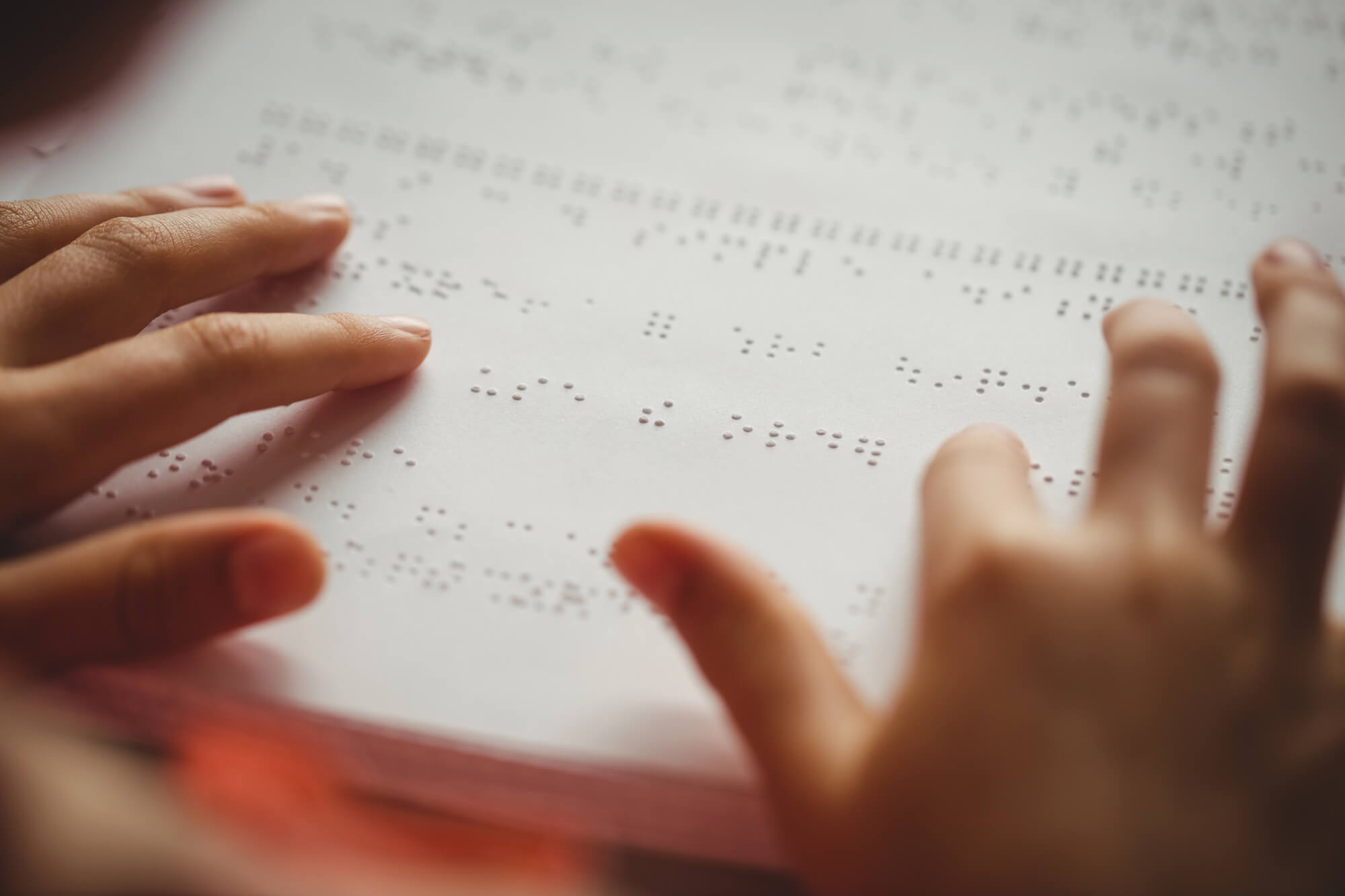After gaining its independence, Ukraine was choosing potential development paths and started looking for partners in future cooperation. In the security aspect, Ukrainians split into several camps. One supported more intensive cooperation with the North Atlantic Alliance; others did not want to give up on the pro-Russian direction, while the third group supported neutral, non-aligned status.
The NATO course has now been laid down in the Constitution, yet the society is still divided. Despite this, compliance with the principles and criteria necessary for joining NATO is a 2025 objective for Mr. Honcharuk’s government.
VoxCheck decided to answer some questions about NATO that the Government of Technocrats (as they call themselves) will have to face.
When did Ukraine stop being non-aligned?
Lie
“I am going to vote against this declaration (amendment to the Constitution which cements Ukraine’s course towards the EU and NATO – ed.) for three reasons. First of all, because in 1991, when the Declaration of Independence was adopted, and it was adopted following a referendum, there was a supplement that said that Ukraine was non-aligned. That was the decision of the people of Ukraine made via a referendum.”
Yurii Boyko, 07 February 2019 (00:00 – 00:19)
Ukraine proclaimed independence on 24 August 1991, and the independence referendum took place later – on 1 December 1991. Thus, the speaker is confusing the sequence of events. During that period, there were no other referendums, where the people of Ukraine could express their attitudes towards NATO. The Act of Declaration of Independence refers in its text to the Declaration on State Sovereignty (July 1990), in which then Ukrainian Soviet Socialist Republic expressed the “intention to become a permanently neutral state that does not participate in military blocs.”
Yet, today, this does not matter as the stance of Ukraine has changed over 28 years. If during the first years of independence NATO membership was neither foreign policy nor a national security priority, then since the beginning of the military conflict in the East, non-aligned status has been canceled, and Ukraine-NATO cooperation has intensified.
From non-aligned status and neutrality to the intention to become a NATO member-state
| 16 July 1990 | Declaration of State Sovereignty | The intention to become a permanently neutral state that does not participate in military blocs and adheres to three nuclear-free principles: to accept, to produce, and to purchase no nuclear weapons. |
| 24 August 1991 | Act of Declaration of Independence of Ukraine | Extension of the intention expressed in the Declaration on State Sovereignty. |
| 2 July 1993 | Law On the Main Directions of Foreign Policy of Ukraine | The intention to become a neutral and non-aligned country needs to be adjusted to the new circumstances and cannot be considered a hindrance tofull-scale participation in the All-European security framework. |
| 28 June 1996 | The Constitution of Ukraine | Did not enshrine any provisions that would establish neutral or non-aligned status as a means of achieving national security or as a form of existence in world politics for Ukraine. |
| 16 January 1997 | Concept (Fundamentals of State Policy) of National Security of Ukraine | A course toward entering the system of regional and universal security. |
| 9 July 1997 | Charter on a Distinctive Partnership between the North Atlantic Treaty Organization and Ukraine | Determines the principles of cooperation between Ukraine and NATO. The signing of the Charter de facto meant departure from the non-aligned concept for Ukraine. |
| 21 November 2002 | Recommendations of parliamentary hearings on Ukraine-NATO relations | A full-scale integration into European and Euro-Atlantic institutions is stipulated by the necessity to consider objective reality and is dictated by the national interests of Ukraine. |
| 22 July 2003 | Law On the Fundamentals of National Security of Ukraine | It proclaims intensification of cooperation with the North Atlantic Treaty Organization, with future membership being its purpose.r |
| 12 February 2007 | Strategy of National Security of Ukraine | Ukraine’s joining the European and Euro-Atlantic security systems, and creating the conditions for Ukraine to join NATO. |
| 1 July 2010 | Law On the Principles of Domestic and Foreign Policy | The readiness of Ukraine as a non-aligned country to cooperate will all interested international partners. |
| 22 June 2012 | Strategy of National Security of Ukraine (revision) | The statement on joining NATO is excluded. Yet, the part on the continuation of constructive partnership remains. |
| 23 December 2014 | Law On the Principles of Domestic and Foreign PolicyLaw of Ukraine On the Principles of Internal and Foreign Policy of Ukraine (revision) | Rejection of non-aligned status, return to the NATO membership course. |
| 26 May 2015 | Strategy of National Security of Ukraine | Among the objectives is the creation of conditions for joining NATO. |
| 7 February 2019 | Amendments to the Constitution of Ukraine regarding the course towards full NATO membership | Establishes the course of Ukraine to become a full NATO member. |
Is NATO about democracy?
Truth
“NATO standards are not only about the way the army is developed but also about the way politics is enforced. […] First negotiations are not even about the army or the weapons, but about whether you have the rule of law; the types of courts you have; whether you can count on equal rules for all; whether you can count on the government reporting to the people; whether you can count on free economy and whether there are no oligarchs and special untouchable individuals. These are also NATO standards.”
Sviatoslav Vakarchuk, 30/05/2019 (1:10:28 – 1:10:37; 1:10:46 – 1:11:11)
Democracy, individual liberty, and the rule of law are the basic principles of NATO. The ways of achieving those principles are both political and military (Articles 2 and 3 of the Founding Treaty), while peaceful political mechanisms are the priority for the organization.
Do Ukrainians want to join NATO?
Lie
“In our country, there are probably 1.5 million people who want to join NATO. But I have another question – why have the other people, of which we have like 30 million, not answered whether they want it. Obviously, that is because they do not want to join! Still, democracy is the opinion of the majority. So let’s take it into account.”
Vadym Rabinovych, 07 February 2019 (00:42 – 00:59)
If we look at the numbers provided by Vadym Rabinovich, the situation is as follows – 95% have not yet made their mind, and only 5% support joining NATO. But this ratio does not reflect the actual state of affairs.
We have compared relevant results of public opinion polls by (Rating, Democratic Initiatives, SOCIS). They are similar. So, we provide the results of the most recent one – dated 13-27 December 2018. The respondents were asked about the vote they would make during a referendum on joining NATO. 44% of the respondents would vote “for” joining NATO, 30% would vote “against”, 10% would not vote, and 17% have not made their mind yet.
See the charts of votes cast during a supposed referendum on joining NATO over the past 5 years below. The ratio of “for” and “against” asserted by Rabinovich has never been out there, so his statement is a lie.


According to recent data (June 2019), if a referendum about Ukraine joining NATO were to happen, 53% of the respondents would vote “for”, 29% – “against”, the others would either abstain or have not yet decided on their answer.
As we can see on the last chart, approximately a third of Ukrainians do not support joining the Alliance. Such a negative attitude is primarily conditioned by the fear that membership in NATO can drag Ukraine into NATO military actions. Among the other reasons are the perception of NATO as an “aggressive imperialistic bloc”, a belief that Ukraine needs to be non-aligned, a conviction that in case of joining NATO, foreigners and foreign capital will start laying down their rules here.
Can Ukraine join the Alliance while the conflict in the east is still going on?
Truth
“However, they (NATO) have such conditions…We are having a war on our territory – that is already one of the reasons that will not allow us to join.”
Volodymyr Zelenskyi, 25 December 2018 (54:16 – 54:22)
Article 10 of the NATO Treaty stipulates that the Parties may invite any other state in a position to further the principles of this Treaty and to contribute to the security of the North Atlantic area to accede. Consequently, acceptance of new members is a political decision, individual for each country. None of the official documents says that war on the territory of a country is a condition that necessarily blocks the country from joining the Alliance. However, Study on NATO Enlargement says that candidate “States which have ethnic disputes or external territorial disputes…, must settle those disputes by peaceful means… Resolution of such disputes would be a factor in determining whether to invite a state to join the Alliance.”
Apparently, an unresolved conflict, especially one that has no steady ceasefire, as is the case of Ukraine, is a roadblock on the way to joining NATO since the Alliance undertakes to guarantee the security of its members. Thus, this statement by Zelenskyi is true.
We expressing gratitude to our interns Kateryna Skoropad and Alina Sokolenko for their help in preparing this article.
Attention
The authors do not work for, consult to, own shares in or receive funding from any company or organization that would benefit from this article, and have no relevant affiliations




